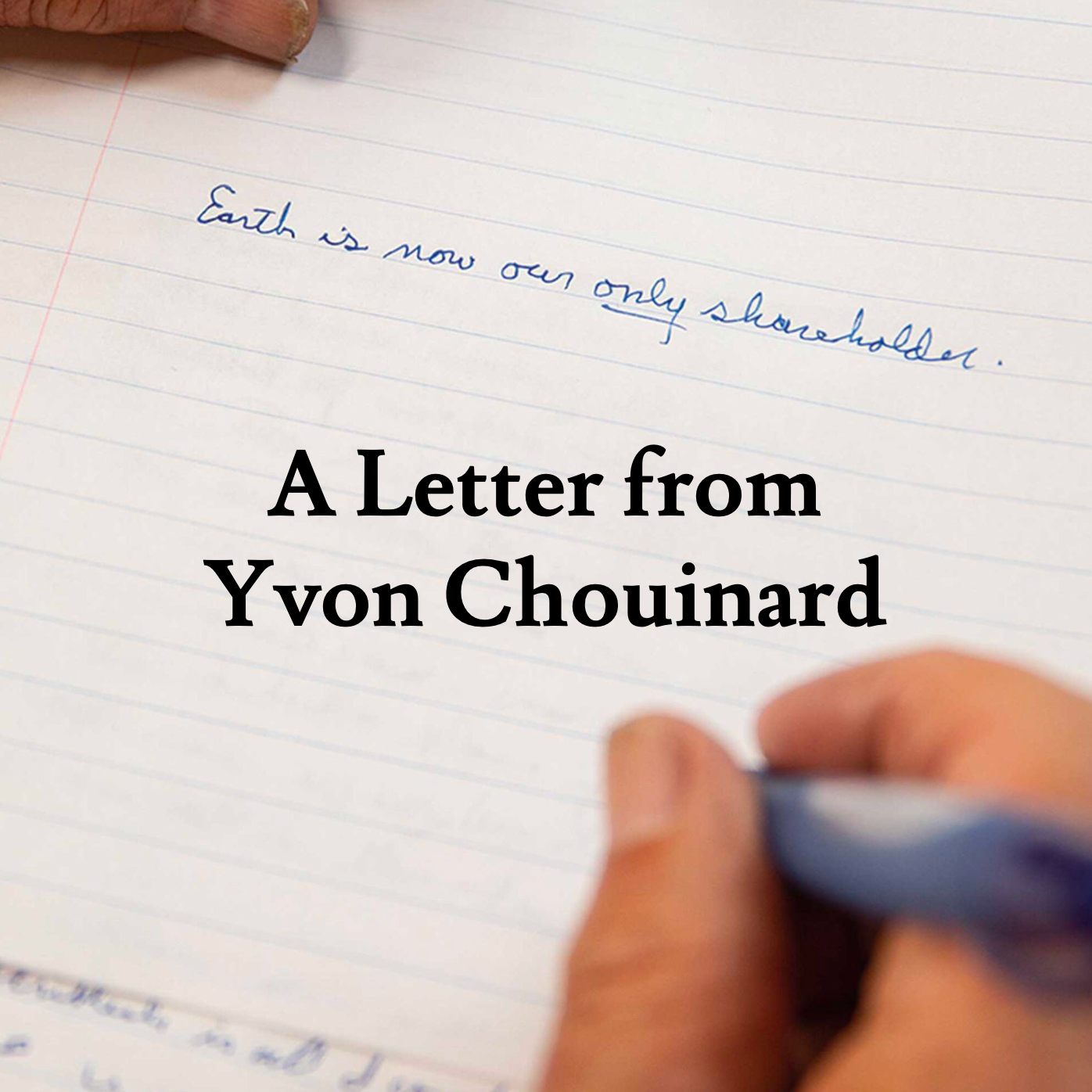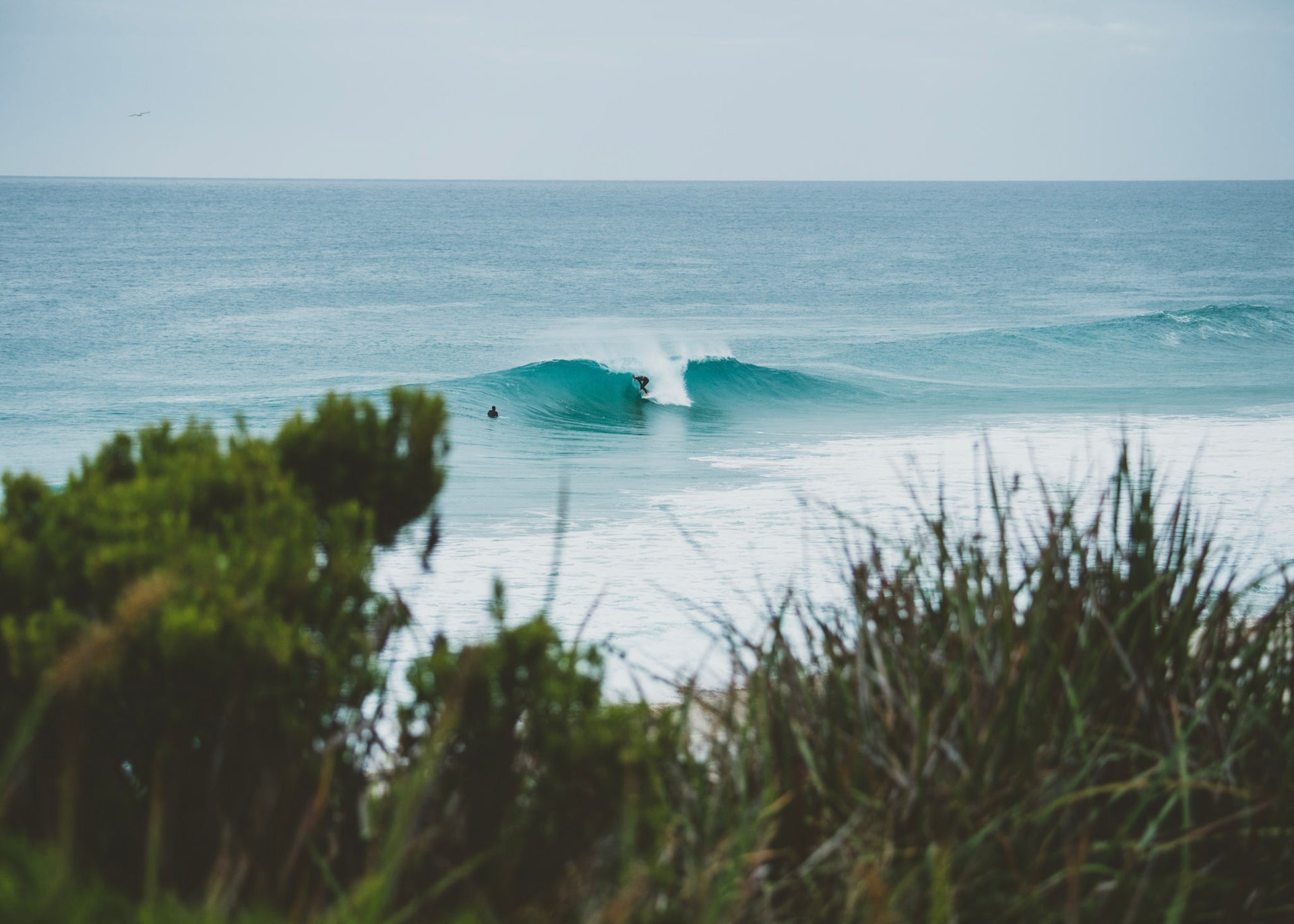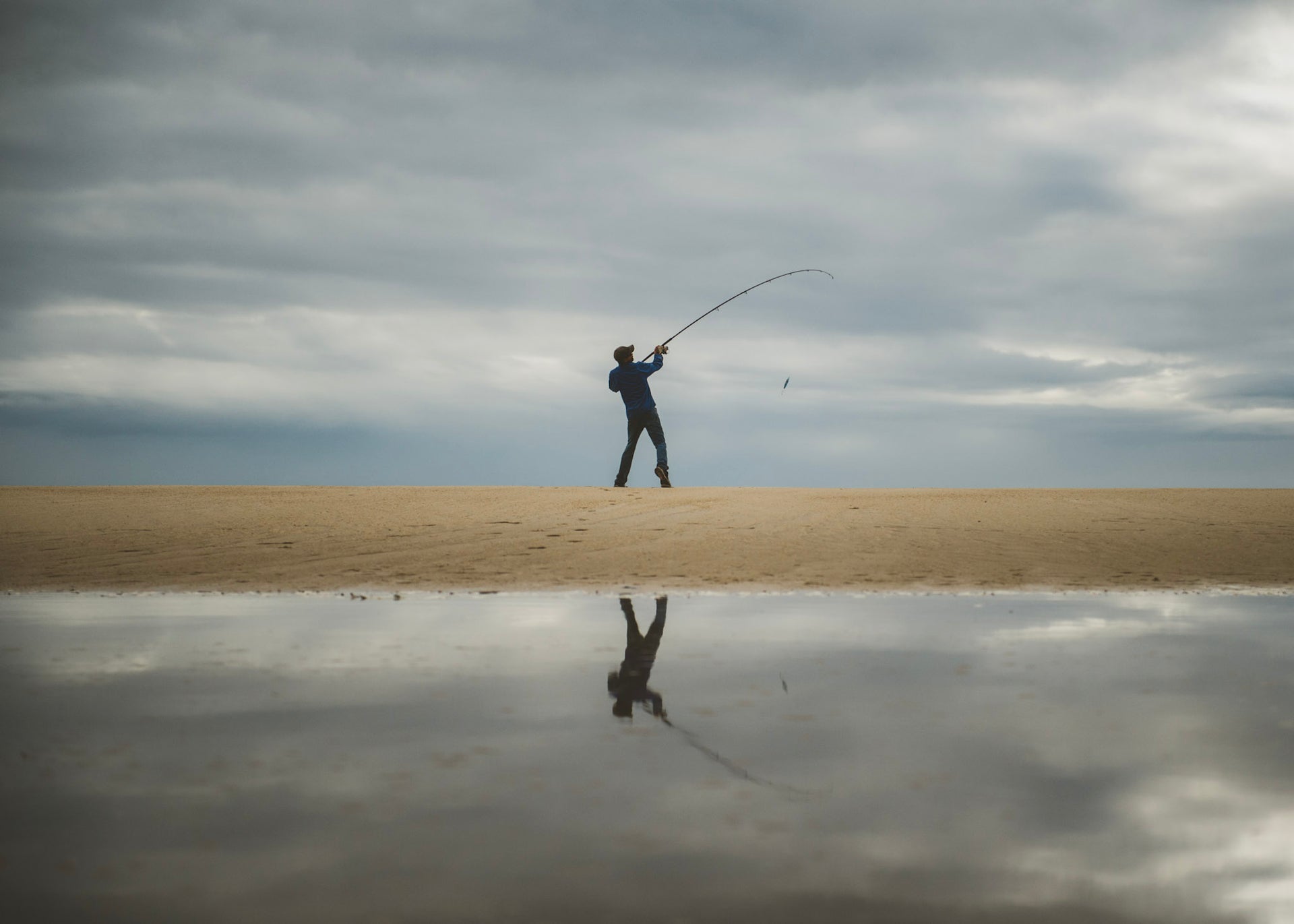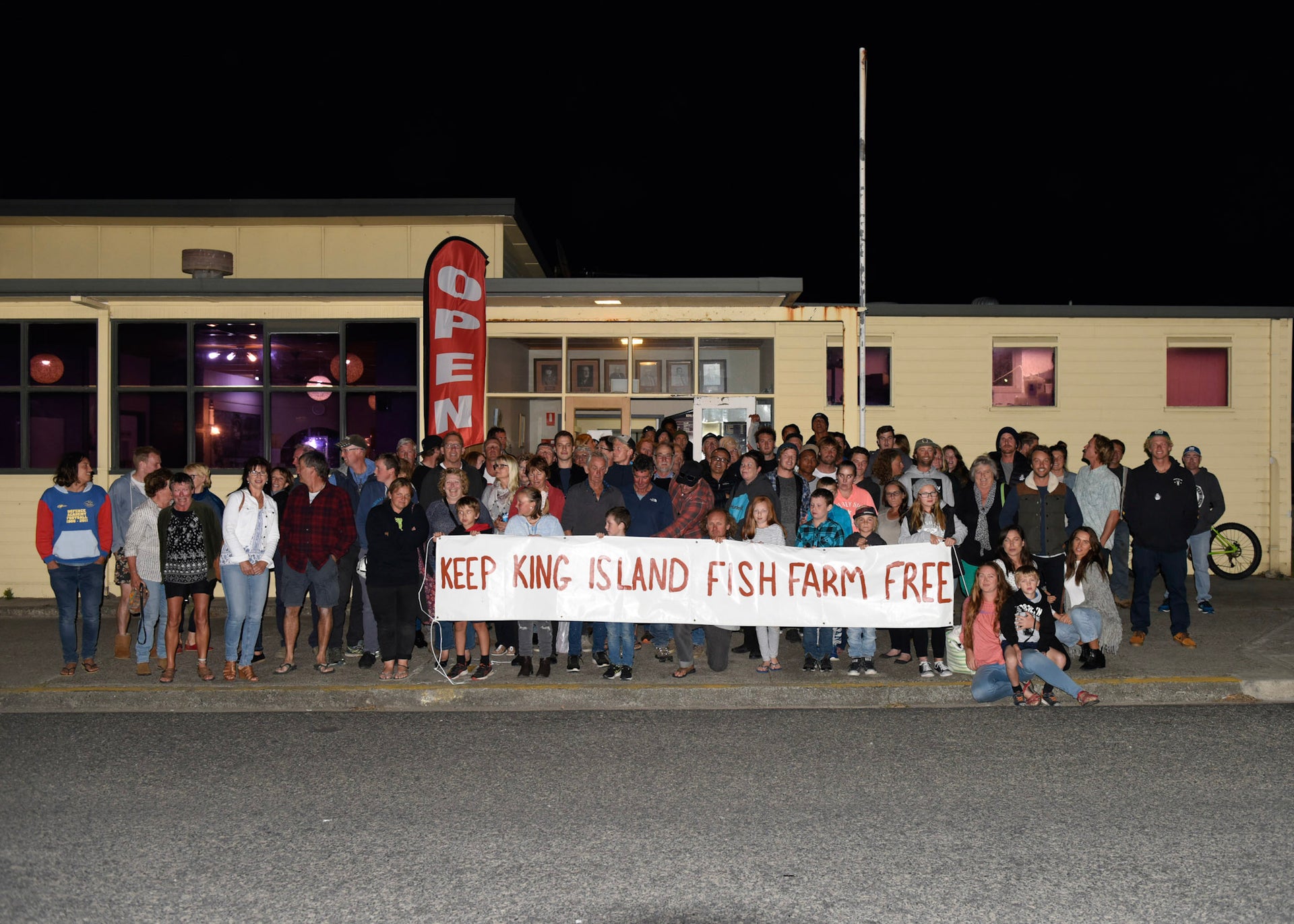(From 2020)
At first glance, for a surfer, it takes some comprehension.
The day we arrived on King Island we drove out to Martha Lavinia, where we stood in the dunes and watched waves running down the beach, the swell lines almost perpendicular to the beach, long lefthanders breaking so fast they were almost impossible to surf. The thing was, however, Martha Lavinia is famous around the world for clean, geometric peaks, not lefts. These waves looked nothing like the brochure.
The following morning we drove back out at dawn and Marthas looked completely different again. A remarkable transformation had occurred under the cover of darkness. Instead of long lefts running down the beach, we were greeted with long rights running up the beach. The system had tracked east overnight, and instead of the swell wrapping around the top of the island, it was now coming around the bottom.
King Island is a rural clod of dirt 80 kilometres long in Bass Strait, one of the last surviving pieces of the ancient land bridge that joined Tasmania to the Australian continent during the last Ice Age. When bristling winter storms roll in from the Roaring Forties, swell wraps around the top and bottom of the island and the refracted waves meet at Martha Lavinia Beach. Depending on the direction of the swell, it either breaks as a left, or a right… or when the conditions are ideal, as perfect peaks. Marthas is on the lee side of the island, so the storm winds that generate the swell are straight offshore. Marthas breaks like nowhere else on earth.












